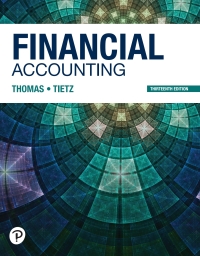TB MC Qu. 02-92 Flynn acquires 100 percent of the outstanding... Flynn acquires 100 percent of the outstanding voting shares of Macek Company on January 1, 2021. To obtain these shares, Flynn pays $400 cash (in thousands) and issues 10,000 shares of $20 par value common stock on this date. Flynn's stock had a fair value of $36 per share on that date. Flynn also pays $15 (in thousands) to a local Investment firm for arranging the acquisition. An additional $10 (in thousands) was paid by Flynn in stock issuance costs. The book values for both Flynn and Macek immediately preceding the acquisition follow. The fair value of each of Flynn and Macek accounts is also included. In addition, Macek holds a fully amortized trademark that still retains a $40 (in thousands) value. The figures below are in thousands. Any related question also is in thousands Cash Receivables Inventory Land Buildings (net) Equipment Accounts payable Long-term liabilities Common stock Additional paid-in capital Retained earnings Flynn, Inc $ 900 480 660 300 1,200 360 480 1,140 1,000 200 1,080 Macek Company Book Fair Value Value $ 80 $ 80 180 160 260 300 120 130 220 280 100 75 60 60 340 300 80 480 Saved Help Save & Exit Subi Cash Receivables Inventory Land Buildings (net) Equipment Accounts payable Long-term liabilities Common stock Additional paid in capital Retained earnings Flynn, Inc $ 900 480 660 300 1,200 360 480 1,140 1,000 200 1,080 Macek Company Book Fair Value Value $ 80 $ 80 180 160 260 300 120 130 220 280 100 75 60 340 300 80 3 480 60 Which of the following is true regarding the FASB Accounting Standards Update No. 2014-17, Business Combinations: Pushdown Accounting? Multiple Choice It prohibits the use of pushdown accounting in a business combination only when the parent acquires 100% of a subsidiary's outstanding stock. Multiple Choice Olt prohibits the use of pushdown accounting in a business combination only when the parent acquires 100% of a subsidiary's outstanding stock. O It requires the use of pushdown accounting in a business combination only when the parent acquires 100% of a subsidiary's outstanding stock. It provides an option to use pushdown accounting in a business combination O It prohibits the use of pushdown accounting in business combinations. It requires the use of pushdown accounting in all business combinations









